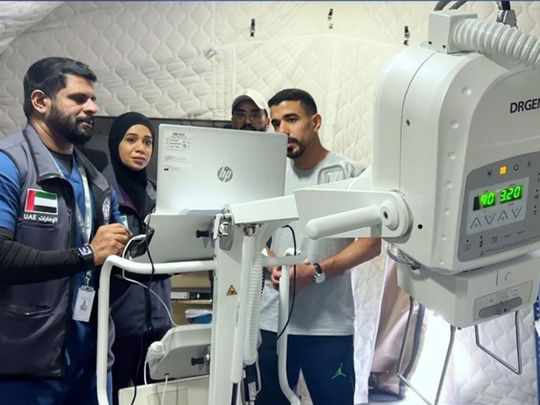Dented plaque, creaking hospital, Queen’s complex legacy in Aden
- Date: 18-Sep-2022
- Source: Kuwait Times
- Sector:Healthcare
- Country:Saudi Arabia
Dented plaque, creaking hospital, Queen’s complex legacy in Aden
ADEN: A battered plaque in a rundown hospital and a crackly, black-and-white newsreel are all that remain of Queen Elizabeth II’s 1954 visit to Aden, the war-torn Yemeni city whose troubles are a reminder of Britain’s complicated legacy in the Middle East. The plaque, scratched and dented and inscribed in English and Arabic, testifies that the queen, then 28, laid the foundation stone for the Al-Joumhouria hospital on April 27, 1954, less than a year after her coronation.
Visiting the hospital earlier this year, AFP recorded disturbing scenes: mildew, emaciated children and the stench of urine, as the under-equipped facility grapples with an impossible workload in the face of a long-running conflict. It was far from the brief but triumphant visit depicted in a Pathe newsreel nearly seven decades earlier, showing the queen and a smiling Prince Philip touring Aden in an open-top car and watching camel-mounted troops in a military parade.
British colonialism is inextricably linked with the Middle East partly because of the 1916 Sykes-Picot agreement, when Britain and France carved up much of the region between them amid the collapse of Ottoman rule during World War I. Many Arab leaders remain close to British royalty, however. After the queen’s























